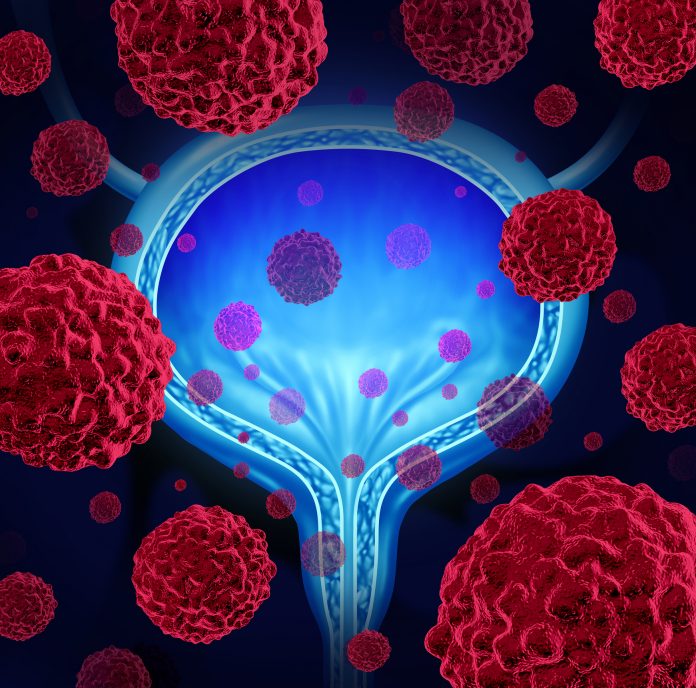
Researchers at the Salk Institute have uncovered a critical mechanism driving bladder cancer progression, linking the PIN1 protein to cholesterol production—a vital process for tumor growth. The study, published in Cancer Discovery, identifies PIN1 as a key contributor to bladder cancer and demonstrates that a combination of two drugs, including the widely used statin simvastatin, can significantly suppress tumor growth in mice.
Bladder cancer, one of the most common cancers worldwide, presents substantial challenges for treatment, often requiring expensive, lifelong management or leading to rapid progression and high mortality rates. The research offers new hope by uncovering a molecular pathway that could be targeted to combat this aggressive disease.
The study’s senior author, Tony Hunter, a professor at the Salk Institute, explained, “We’re excited to be the first to identify PIN1’s role in bladder cancer and to describe the mechanism it uses to drive tumor growth. Targeting the cholesterol pathway with this therapeutic combination was highly effective in suppressing bladder tumor growth in mice, and we hope to see this approach explored in a future clinical trial.”
PIN1, a protein first discovered in Hunter’s lab in 1996, acts as an enzyme that modifies other proteins by changing their shape, thereby influencing their function. In this study, the researchers demonstrated that PIN1 works with the protein SREBP2 to stimulate cholesterol production, providing a critical fuel source for bladder cancer cells. By removing PIN1 from cancer cells, the team observed a significant reduction in cholesterol levels and tumor growth, reinforcing its role in cancer development.
“Cancer cells need a lot of cholesterol to accomplish their trademark excess growth,” said Xue Wang, the study’s first author and a postdoctoral researcher in Hunter’s lab. “Our findings show that PIN1 plays an important role in cholesterol production, and removing it leads to lower cholesterol and therefore less out-of-control tumor growth.”
To combat this mechanism, the researchers combined sulfopin, an experimental PIN1 inhibitor, with simvastatin, a commonly prescribed cholesterol-lowering drug. The dual therapy proved more effective than either drug alone, significantly reducing tumor growth in their mouse model. This innovative approach takes advantage of statins’ established safety profile, opening the door for potential repurposing in cancer treatment.
“This is likely just one of many roles that PIN1 plays in cancers,” Hunter noted. “What’s exciting about this discovery is the opportunity to use statins in combination with other drugs for bladder cancer therapy. Beyond this, we’ll continue to study whether PIN1 plays a similar role in other cancers, so our findings can improve lives regardless of cancer type.”
By connecting cholesterol biosynthesis to bladder cancer progression, the study provides a new therapeutic target and a promising strategy to address this devastating disease. As researchers move forward, the combination therapy could represent a significant step toward improving outcomes for bladder cancer patients.













